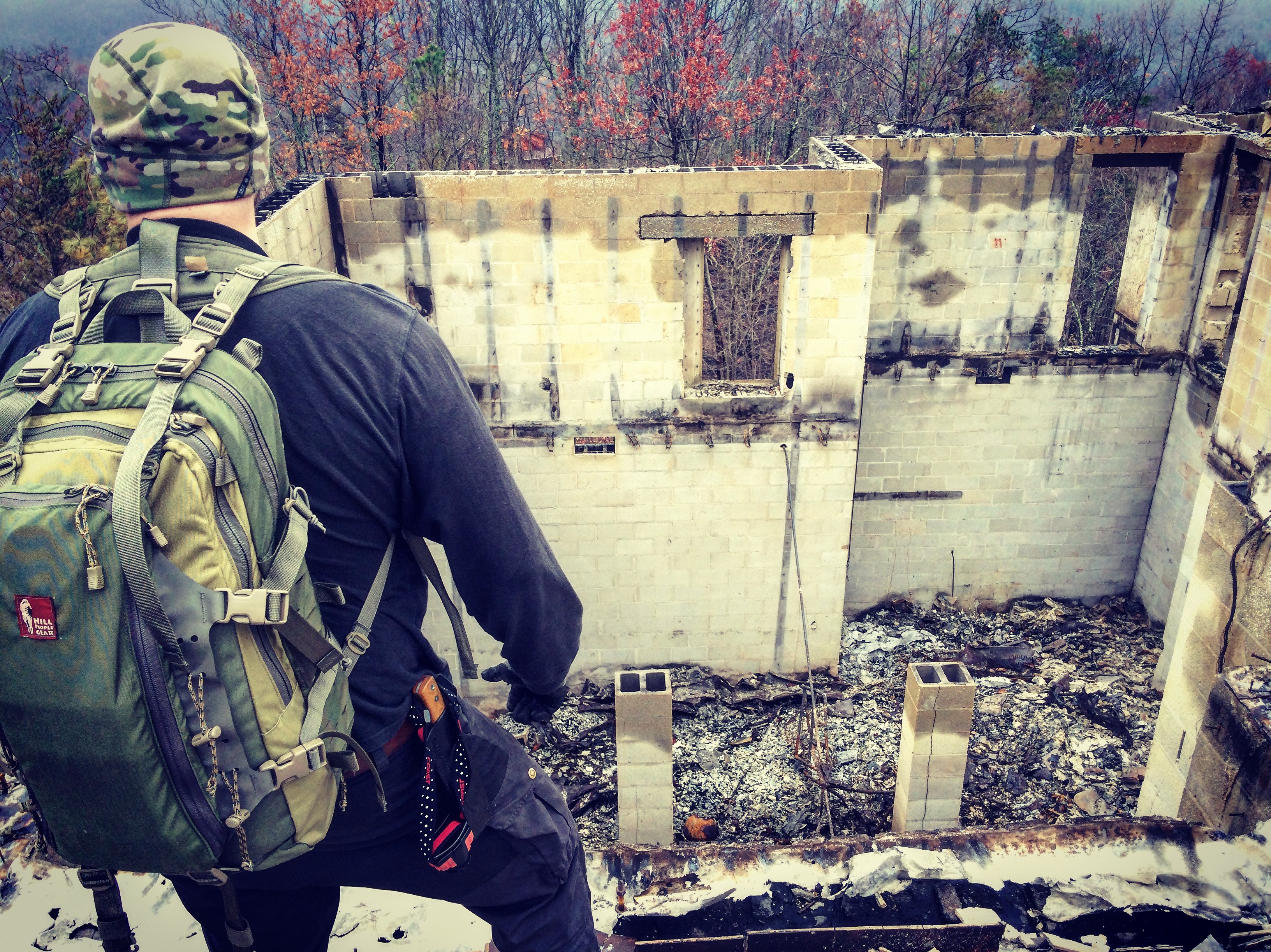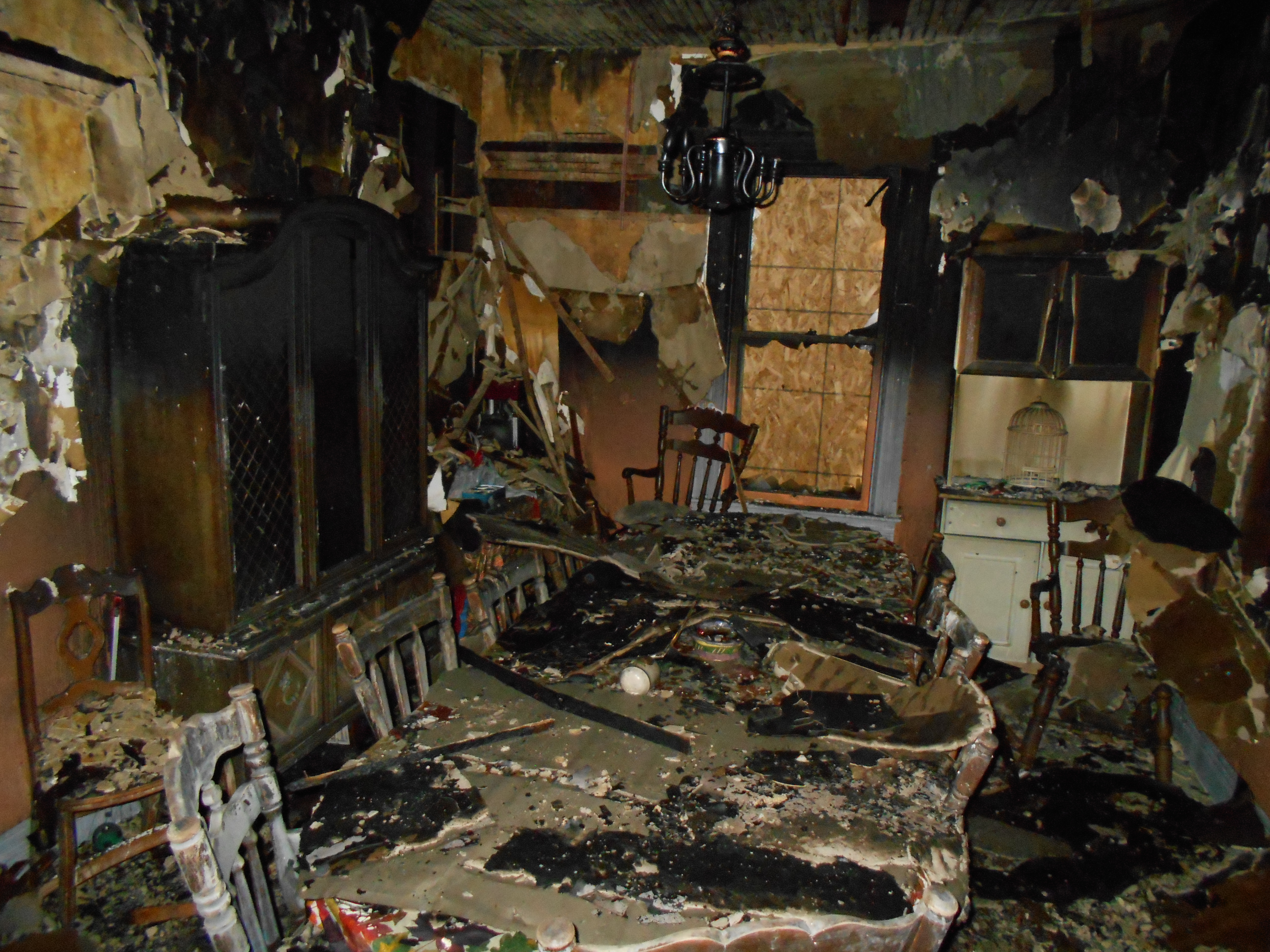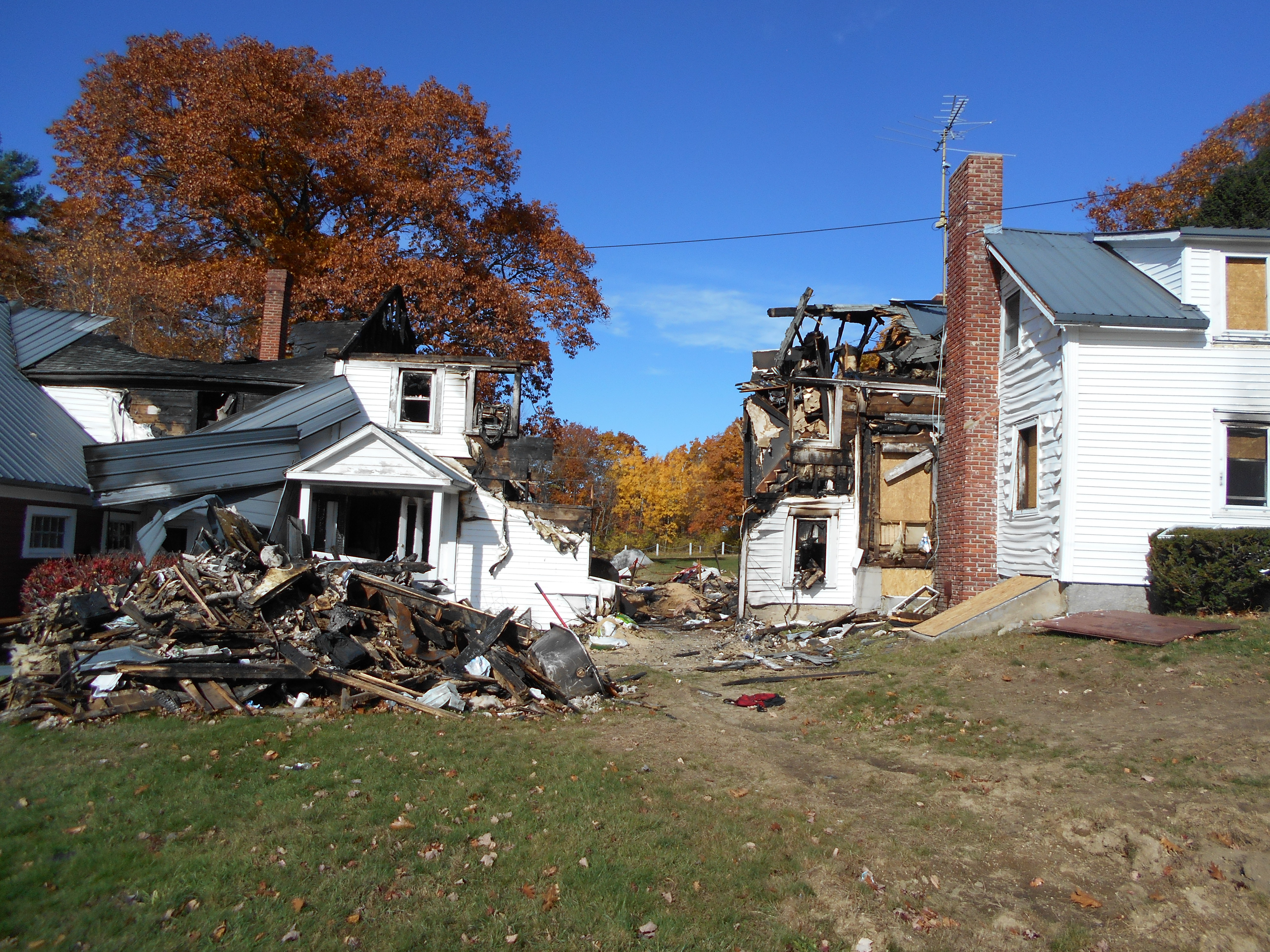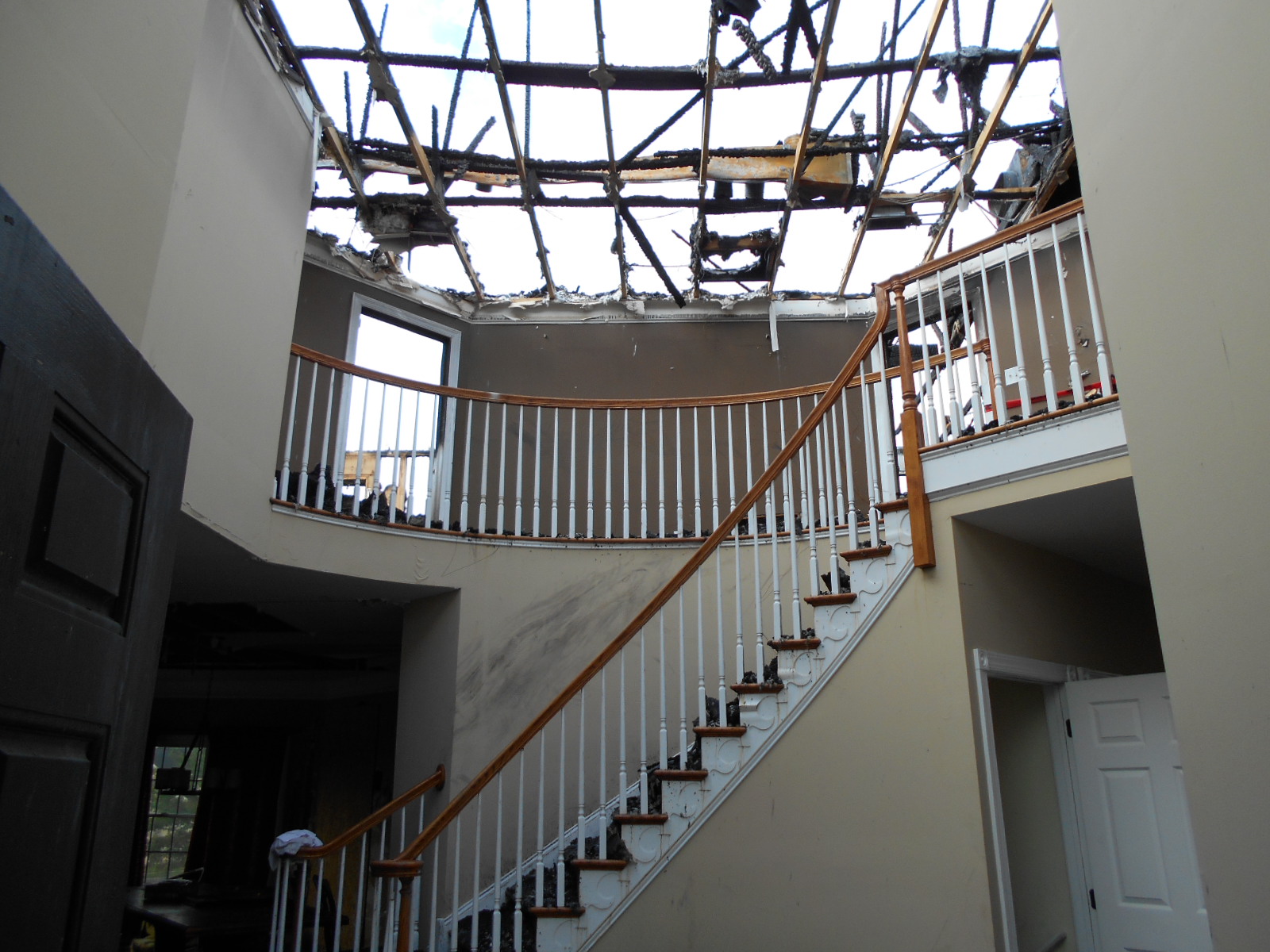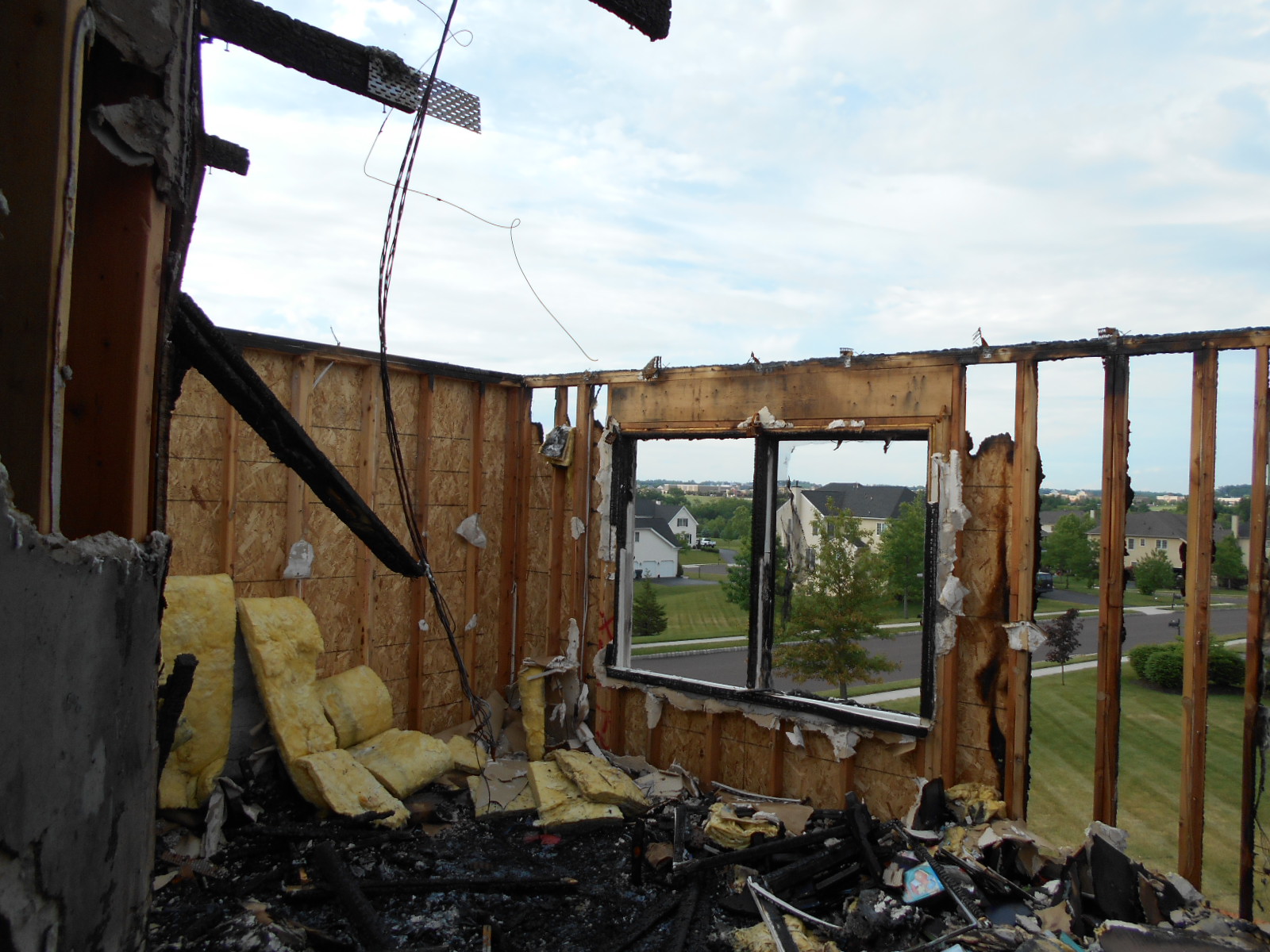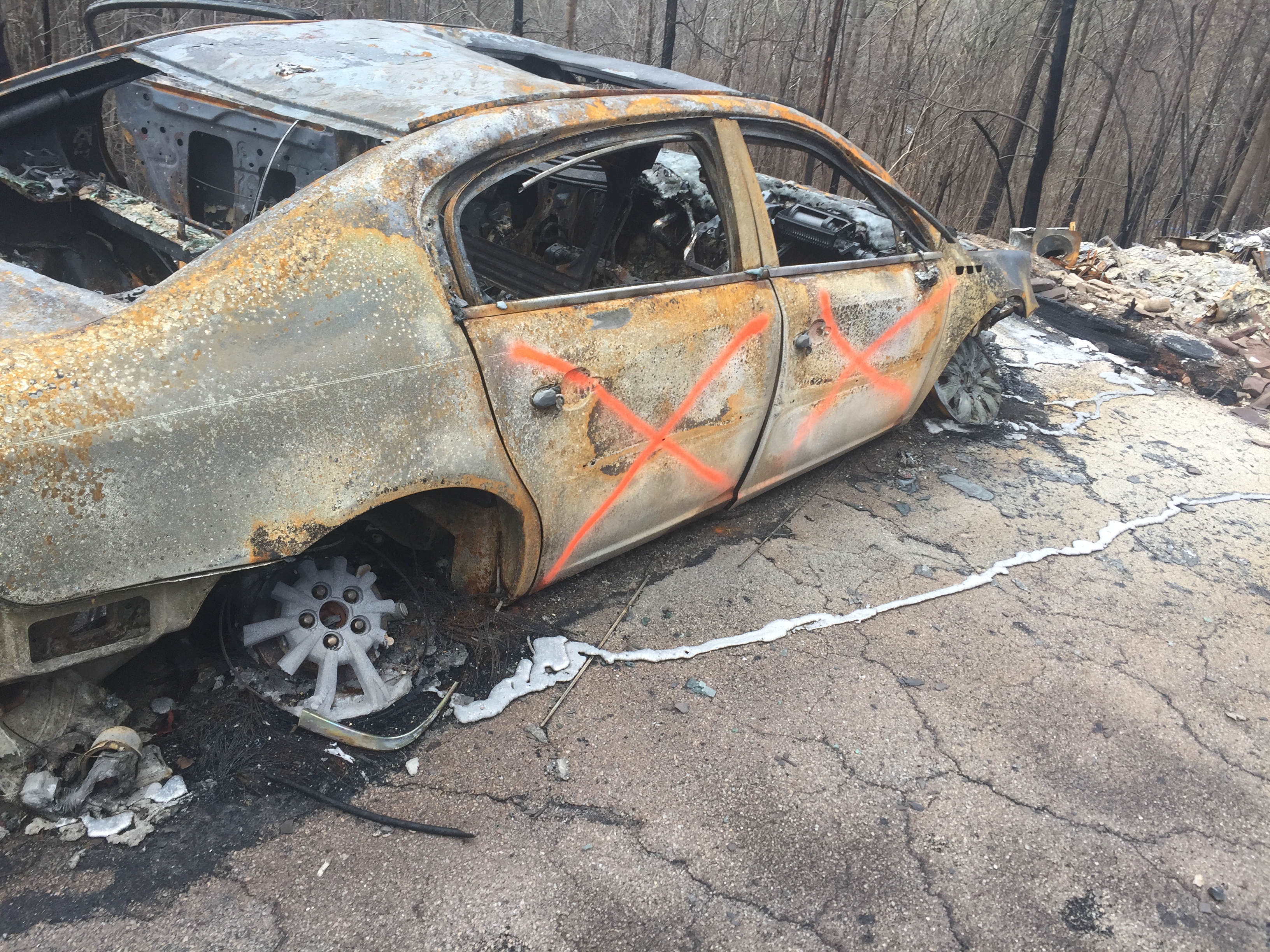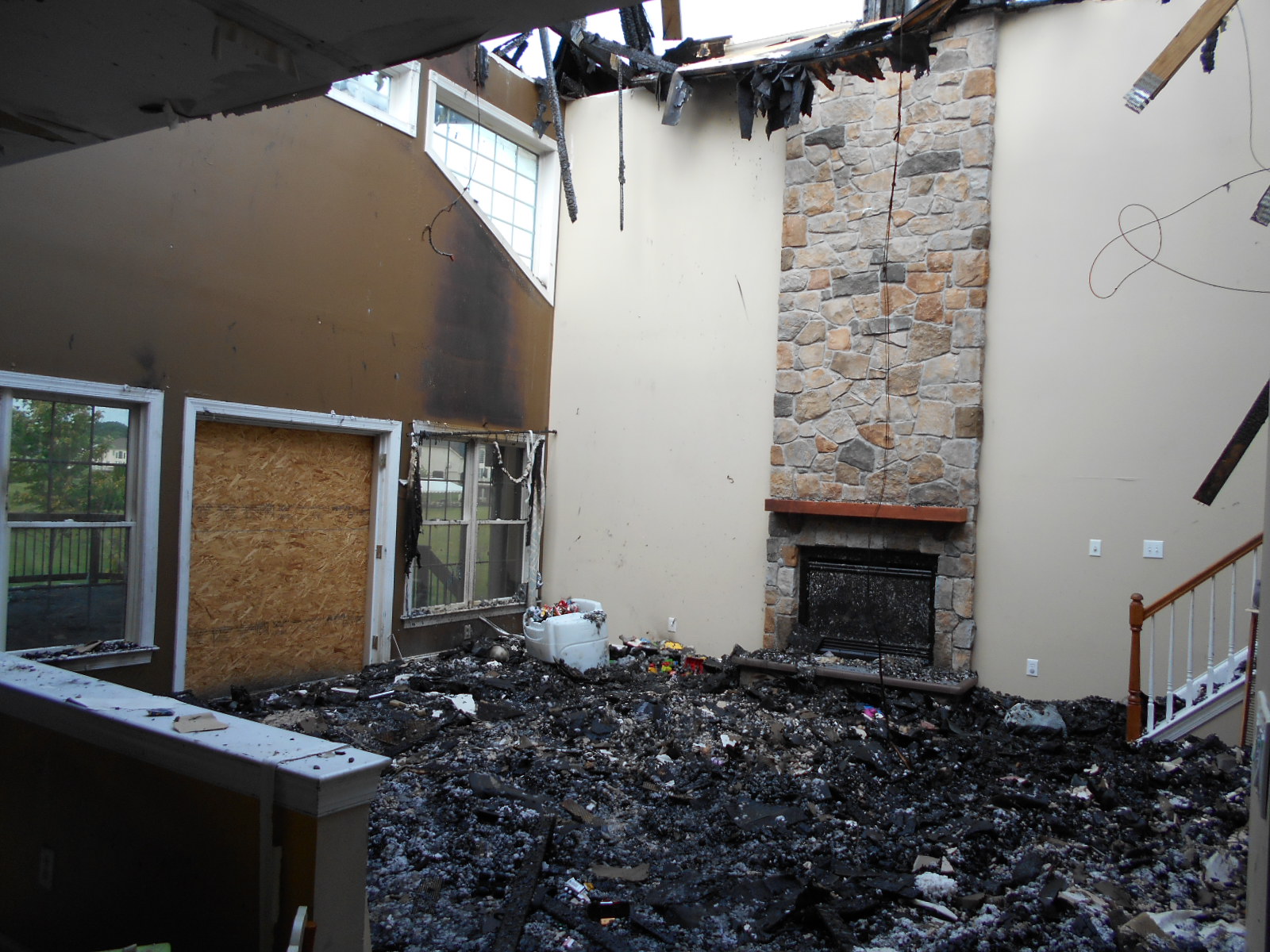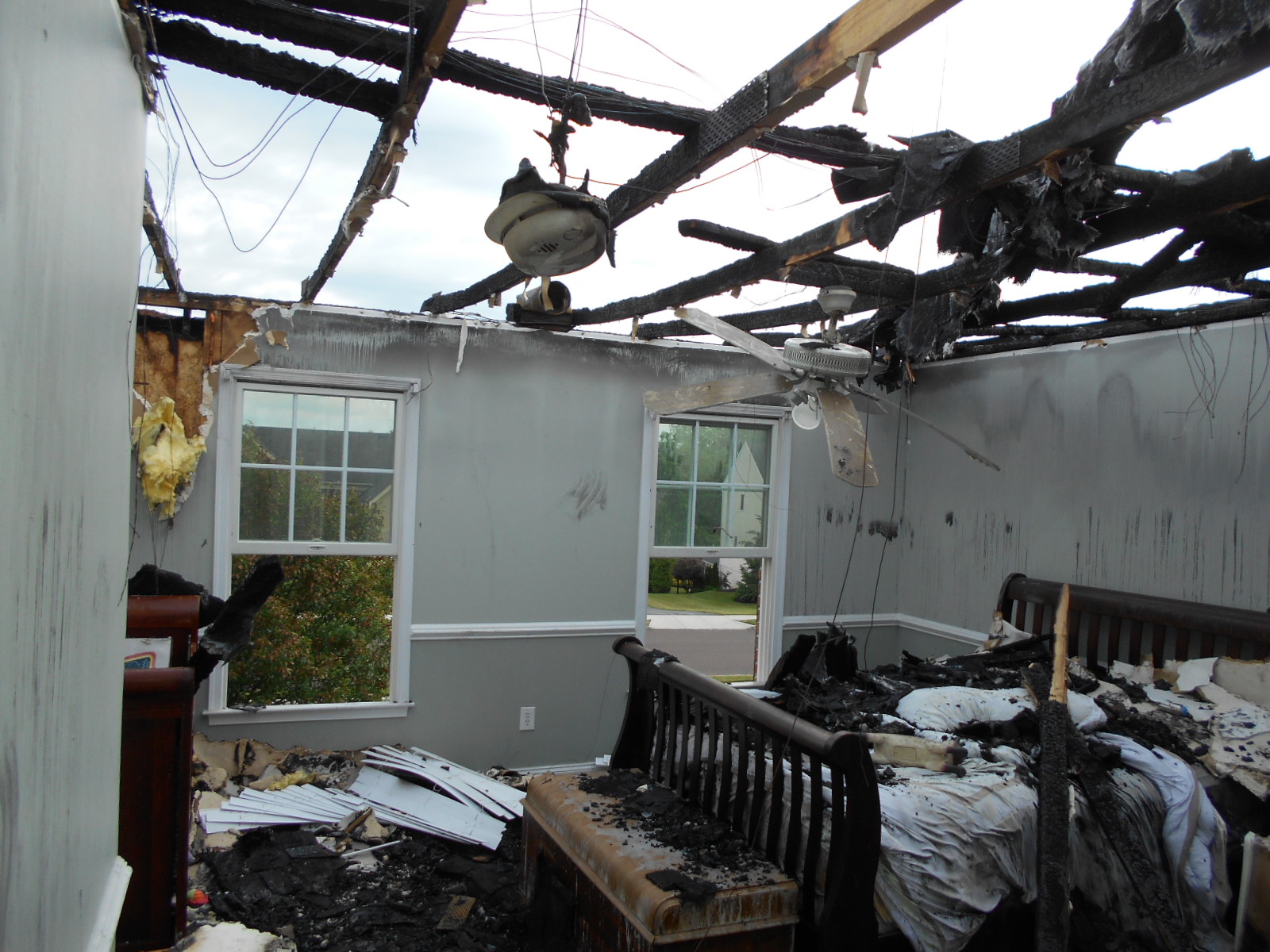The November 2016 fire that ravaged Gatlinburg, Tennessee, started with kids and matches in the Great Smoky Mountains surrounding the town. With dry conditions and winds running strong, the kids chucked matches and rolled burning tires downhill. The wind picked up to fuel the fire, and from there the devastation spread rapidly.
As the firefighters knew when hurrying to the scene, extinguishing flames in mountains as tall as 6,000 feet is nearly impossible. Many homes were burned to the foundation. The grim results show just how monumental of a task they faced:
- 14 people died in the fire or from fleeing the fire.
- More than 17,000 acres burned, damaging or destroying nearly 2,500 structures.
- Nearly 4,000 insurance claims were filed.
- The combined residential and commercial property loss came to nearly $850 million.
One of the service providers on site responding to assist policyholders was Enservio's Service on Site (SOS) team. We provide boots-on-the-ground claims services for carriers that need additional resources to evaluate and inventory property contents losses in catastrophic areas. In trying to help people cope with high levels of tragedy and total loss of property, we strive to establish personal connections with policyholders.
Related: Not all fire insurance policies are the same: Valued vs. non-valued
Surveying what's left after the flames. (Photo: W.Lee/Enservio)
The emotions of loss
Although we start off as acquaintances — there to help rebuild their lost lives — the relationships quickly grow. Through all the emotion and tears (and even laughter at times), our interactions truly turn into meaningful connections. We sit with people for days on end, hours at a time. They cry often, need refreshers, and times rescheduled as they remember their granddaughter's cheerleading bracelet, their trophies, their child's hand-made pottery, and other keepsakes they've lost.
We try to stay strong for them because they are at their weakest moment. For those of us working the loss, it becomes much more than the time we put in to compile all the notes and collect all the data. We continue to interact with these policyholders even after reimbursement takes place. What we do goes far beyond just the rebuilding process of their homes and reimbursement of a policy.
While it's true that we represent our carrier partners, the most rewarding part of the job is gaining the trust of the policyholders through their turmoil and then getting that big “thank you for all you have done.” The work can be highly rewarding.
Related: Natural hazards created havoc in 2016
(Photo: W.Lee/Enservio)
Assessing destroyed homes with no documented inventory
Following the Gatlinburg catastrophe, we were called in to work on a number of claims, including one for a property owner who had lost 100 condo units. Personally, this was the most difficult assignment in my career. I grew up in Eastern Tennessee, the lower valley of Gatlinburg, and played as a child in these same hills. Much of my family still resides in the area, including a sister who was evacuated since her home was close to the fire.
While building trusting relationships with policyholders is one of our most important missions, we also strive to make sure we properly manage the claims process. When working with a homeowner who has insurance but no written inventory of their contents, we first visit the loss site and take photographs of anything we can. We measure the approximate square footage of the dwelling, then call the homeowner to go over the claims process.
During the initial in-person meeting, we ask the homeowners to tell us their story. As any claims pro knows, this often leads to quite an emotional response as they relive the memories of their former lives and explain the many dear objects they lost.
To ensure the emotion does not prevent us from doing our jobs correctly, we usually draw a diagram of their home, then walk through it room-by-room with the homeowner. This helps make sure we don't miss anything, and gives us an accurate diagram to recreate personal property from muscle memory.
We record the inventory of contents then upload these files along with photos to our home office. We start with a description of the items and the values stated by the homeowner. We compare those numbers to an internal proprietary database we maintain that lists the prices on millions of common household items.
From there we identify any information that's missing and work with the field claims adjuster to add any necessary data. This may require a follow-up meeting with the claimant and additional research, especially for unique items such as jewelry and antiques.
We generate valuations painstakingly. That's because certain items may be artificially inflated due to sentimental attachment. We want to make policyholders whole again and provide what's rightfully theirs, while adequately validating valuations down to the cent.
(Photo: W.Lee/Enservio)
Helping people rebuild their lives
Looking back on my experience, it took an emotional toll on me personally. One elderly woman who lost everything, wrote out all her belongings in beautiful cursive handwriting – virtually telling the story of her life.
A veteran combat engineer recalled all the model numbers of nearly 40 CB radios he had owned since 1982. There was also a family that had invited 24 people, all of whom lost their homes, to stay with them.
As I met with policyholders over the course of a month, I realized they were actually among the luckier ones. Many people in the area had no insurance. Fortunately, carriers, military personnel, field operators, including rescue teams and firefighters, worked together to help people as much as possible.
And that is what the insurance industry is all about: helping people to recover from catastrophic events so they can rebuild their lives.
William Lee ([email protected]) is a claims project manager for Enservio's SOS team, which provides contents inventory creation, valuation and replacement services to carriers and policyholders. For more information visit www.enservio.com.
Following are more photos of the devastation much of the Gatlinburg area suffered in the wake of the wildfire.
(Photo: W.Lee/Enservio)
(Photo: W.Lee/Enservio)
(Photo: W.Lee/Enservio)
(Photo: W.Lee/Enservio)
(Photo: W.Lee/Enservio)
Want to continue reading?
Become a Free PropertyCasualty360 Digital Reader
Your access to unlimited PropertyCasualty360 content isn’t changing.
Once you are an ALM digital member, you’ll receive:
- Breaking insurance news and analysis, on-site and via our newsletters and custom alerts
- Weekly Insurance Speak podcast featuring exclusive interviews with industry leaders
- Educational webcasts, white papers, and ebooks from industry thought leaders
- Critical converage of the employee benefits and financial advisory markets on our other ALM sites, BenefitsPRO and ThinkAdvisor
Already have an account? Sign In Now
© 2025 ALM Global, LLC, All Rights Reserved. Request academic re-use from www.copyright.com. All other uses, submit a request to [email protected]. For more information visit Asset & Logo Licensing.


